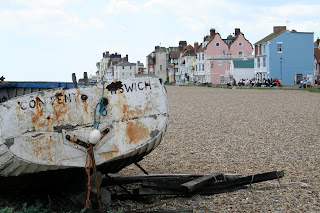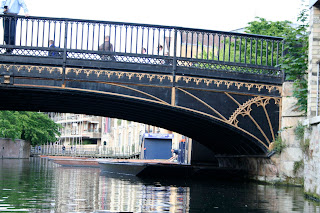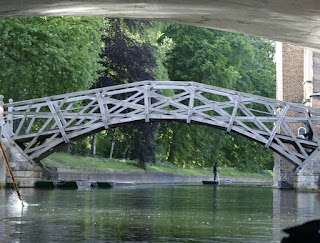No photos today…just good info if you want to carry your luggage. Sometimes it’s not bad waiting at baggage claim. Other times you may want to get on your way more quickly.
1. Know the rules and limits for carry-on bags. This warning is especially important if you are traveling overseas, where baggage limits can be much stricter. Happily, Web luggage retailer ebags.com has a useful section with the carry-on requirements of many major airlines and even recommends which bag to buy for the airline you plan to fly. Also, Seat Guru has a very thorough list of all the baggage rules for every major and minor airline around the world. Click on the airline’s name, then click on the “baggage” tab.
2. Measure your bag correctly. Once you know what you can take, ensure that you have a bag that meets those limits. Be sure to measure the entire length and width of your bag, including all handles and wheels. These can add more than an inch in some cases. Although you can always buy a new bag, the point of going carry-on is that you are not spending all that extra money. Luckily, most domestic carriers have very generous limits of over 50 linear inches. As a rule of thumb, you can almost always take a 19-, 20-, or 21-inch rolling bag onto a plane; most 22-inch bags will also fit. Above that, you might be asked to check your bag.
3. Wheels are not always best. It may be hard to remember, but not so many years ago it was rare to find a wheeled suitcase. For a shorter trip, a simple duffle or small backpack might suffice and will lighten your load considerably since the wheels and handle add at least 2 or 3 pounds to your bag. The lack of wheels also works in your favor if you are flying on a small commuter plane, where wheeled bags must almost always be gate-checked. And if you are going onto a train or subway after leaving the plane, it’s sometimes easier to walk with a backpack or duffle over your shoulder.
4. Ditch the liquids. The hardest part of becoming a carry-on traveler for a lot of people is the necessity to lose most of their liquids and gels. Men can minimize their shaving products by buying shaving oil. Women might simply have to take fewer liquid cosmetics. Definitely leave the shampoo and conditioner at home; let the hotel shampoo work for you. Ditto with shower gel; just use soap. Use a solid deodorant stick or crystal rock deodorants. Take just a small tube of lotion, and a small sunscreen. It’s possible to find most liquids in 3-ounce or less sizes.
5. Limit your wardrobe. You don’t have to look like a slob, but you also don’t have to take two changes of clothes for every day of your trip. Plan on wearing your nicer dinner-time clothing two or three times. Bring stuff that will work together in different combinations. Put your underwear and socks in gallon-size Zip-loc bags, and squeeze out the air so they take up less room.
6. One pair of shoes. Or at least one pair of shoes in addition to the ones you wear on the plane, which should be the bulkier ones. I also include a pair of flip-flops. In the summer, women are the lucky ones because they can wear sandals and look quite elegant. But make sure whatever shoes you take are comfortable. Don’t take anything new.
7. Pack carefully. It’s important that your stuff fit into the bag. I usually roll 3 or 4 shirts together in a very tight roll to keep them from wrinkling so badly. Put socks and small things inside of shoes. Put heavier clothing like jeans and shoes on the bottom, and then fill in around them. Use all the hidden pockets in your suitcase. Throw in a travel size bottle of wrinkle releaser, which I find works wonders.
8. Plan on doing a bit of laundry. It’s cheaper to do a load of laundry along the way, or even have your hotel clean 3 or 4 pieces of clothing, than to pay $40 to check a suit-case round-trip. You can wash stuff out in the sink for free, and most items will dry overnight if you wash them out before going to bed.
9. Don’t take the extras. If you are not going to a place where you expect to be cold, then don’t take a jacket. Don’t bother with back-ups of anything. If you get your clothing dirty, then do a bit of washing up. In the rare even that you need something unusual, an umbrella in Arizona, a warm jacket in Florida, dress-up outfits for a trip to Yellowstone, that’s what outlet malls are for.
10. Leave some of the electronics at home. One thing that weighs a lot of people down these days is all the extra electronic gear that they may be tempted to bring. While no one would hesitate to bring a cell phone or ipod, do you really need a laptop? Plan ahead.












































